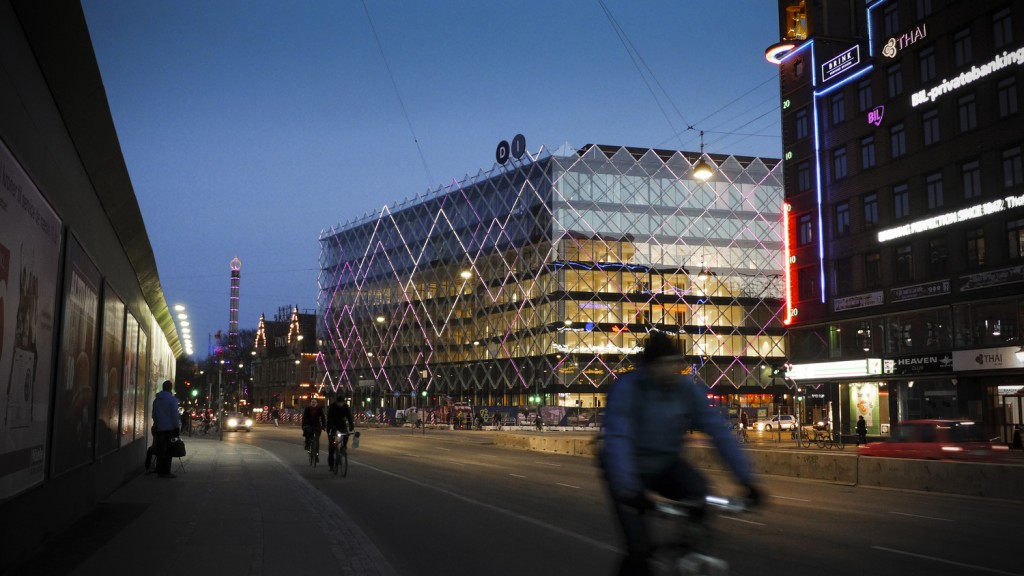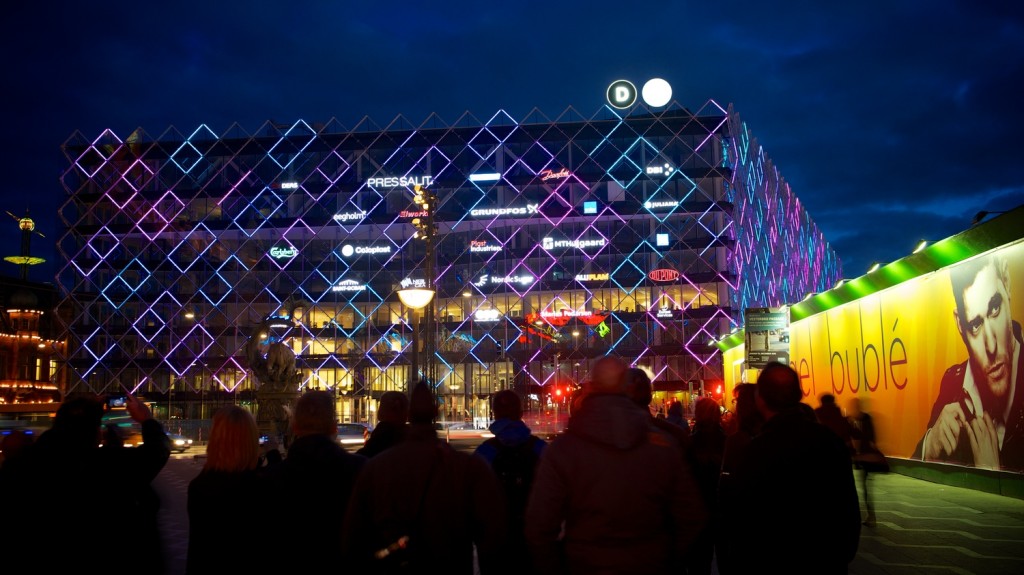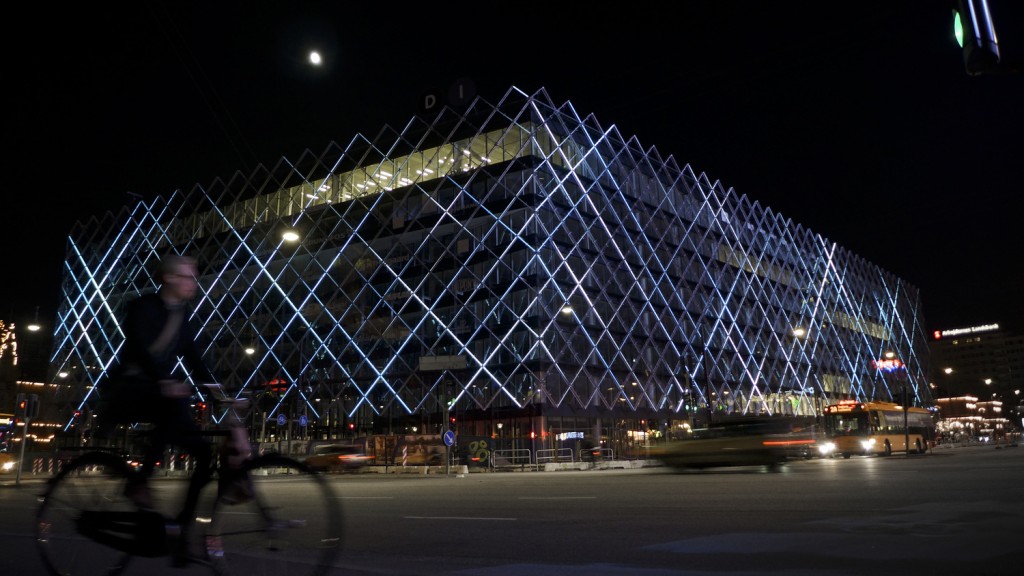Projects
Interview: Thorsten Bauer
November 27th, 2014
Thorsten Bauer was a keynote speaker at the MAB14, invited by our partner ONLYGLASS GMBH. In his presentation he will talk about “media architecture”.
URBANSCREEN is a Bremen based creative company, internationally known by their large-scale projections on urban surfaces.
Christoph Sodemann met Thorsten Bauer in Bremen and talked with him about his views on media architecture and current projects of URBANSCREEN. “URBANSCREEN takes a special part in the field of media architecture. We have an artistic approach and come from the content side. During the past years we developed highly artistically driven temporary installations and projection mapping.”
“Through our experience we have a specific point of view to media architecture. In Aarhus I’d like to show some works and our standpoint how we think content for permanent installations should be developed.”
“We really have to make up our minds how to deal with media architecture, especially in terms of over-information at the public space. You can point out a lot of critical aspects. We have to figure out a clever way how to deal with media facades and permanent installations.”
“Klubhaus St. Pauli in Hamburg is one of our new projects, where you really can play out the power of media facades.“


